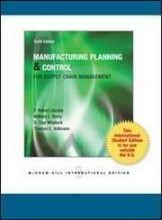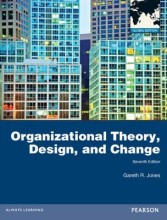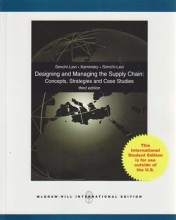Category sourcing: developing effective sourcing strategies - Class 2 additional notes
10 important questions on Category sourcing: developing effective sourcing strategies - Class 2 additional notes
When you talk about innovations, probably you have long relationships.
How do you have to tap into the suppliers' potential innovativeness?
- Sharing ideas
- Stage - gate models
Complexity of products asks for external expertise, with a crucial role for (key) suppliers.
External cooperation can speed up the innovation process.
What are possible issues concerning early supplier involvement (ESI)?
- Conflicts considering intellectual property
- Overestimation of the R&D expertise/ skills of the supplier
- How to reward suppliers for their efforts.
Describe the three parallel processes of Early Supplier Involvement (ESI).
1. Strategic management processes:
- Create infrastructure for future technological collaboration
2. Operational management processes:
- Individual development process
- For which technology areas do we want to get suppliers involved
3. Collaboration processes:
- Cooperate with external partners (i.e. suppliers)
- Higher grades + faster learning
- Never study anything twice
- 100% sure, 100% understanding
How do (large) manufacturers communicate with their first tier suppliers in product development projects?
2. Early supplier involvement (ESI): Best-in-class suppliers invited to participate in company's product/ process development projects at an early stage
3. Residential engineering: engineers from the other party are located on a more or less permanent basis within the organization (Bensaou: relationship specific investment)
Describe why there are often potential conflict of interests between purchasing and engineering department.
Engineering function wants to have 1 good supplier (so stable as possible!), we want to have best in class. We want to be sure that party can deliver.
Purchasing function wants to have more suppliers because they can negotiate about prices.
Give some benefits of involving buyers early in the new development processes (NPD).
- Construction
- Suitable materials
- Suppliers
- Supplier knowledge
Involving the supplier in new product development can also result in considerable savings.
What is the "dark side of close collaboration"?
- The tension between short-term and long-term benefits
- The risk for covert activities resulting from strong personal relationships
- The lock-in created by unique processes and adaption in the relationship
--> Several solutions are presented to "surpress the dark side of close collaborations"
--> There is also literature available on the role of opportunism in the evolution of buyer- supplier relationships (3 articles to read!)
What does the article of Dwyer et al. (1987) say about the relationship phases? (opportunism in the evolution of buyer- supplier relationships)
- Moves from 'discrete transactions' towards a relational approach;
- Proposes a process for relationship development proceses:
1. Awareness
2. Exploration
3. Expansion
4. Commitment
5. Dissolution
- The model is applicable to various types of buyer- supplier relationships and "a durable Association is not necessarily desirable"
What type of relationship specific investments can be made in buyer-supplier relationships? Provide two examples per type. (formal exam question)
Discuss whether the construct 'relationship specific investments' used in the Bensaou model can be replaced by the construct 'dependency'. (formal exam question)
The question on the page originate from the summary of the following study material:
- A unique study and practice tool
- Never study anything twice again
- Get the grades you hope for
- 100% sure, 100% understanding
































